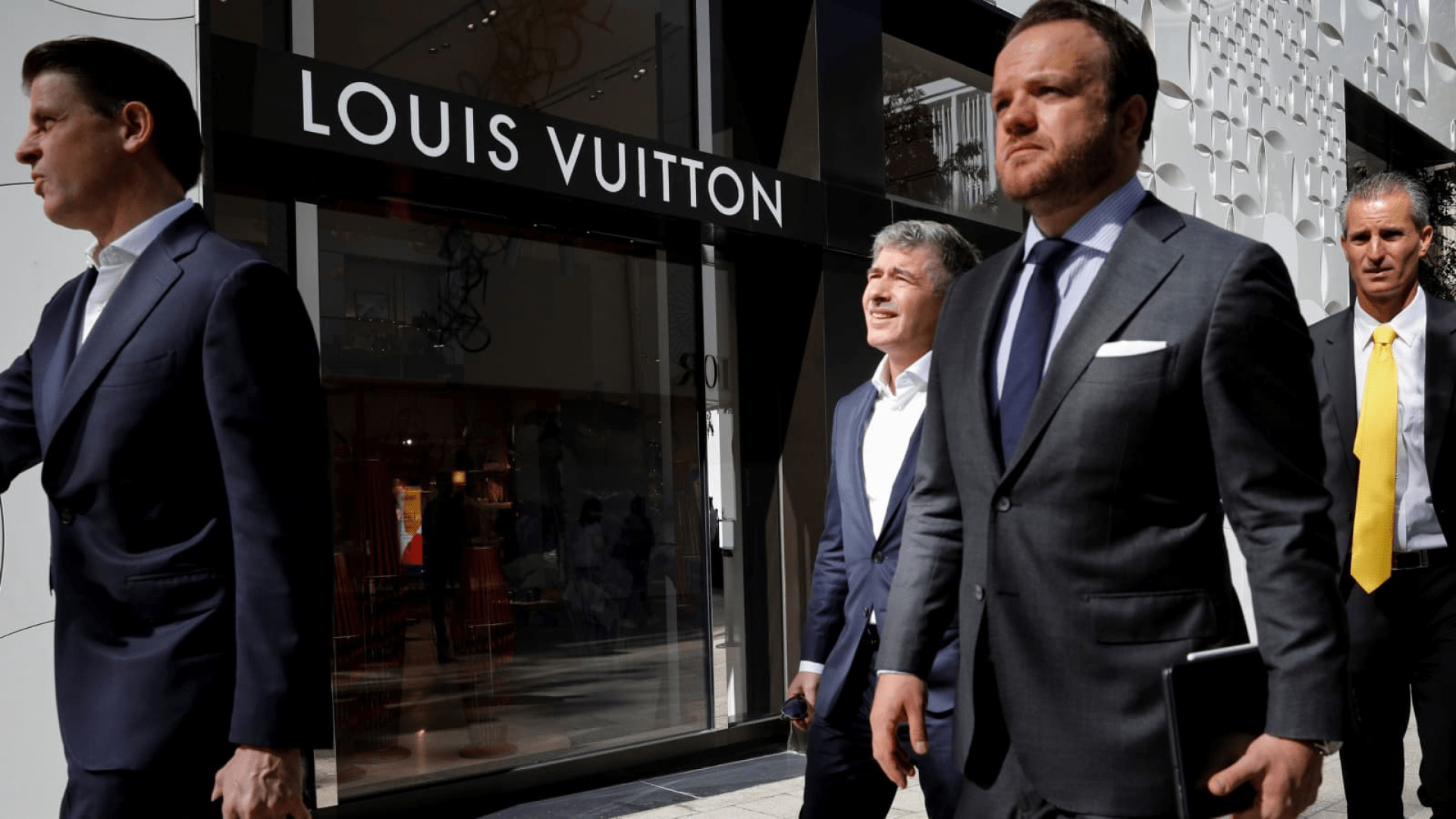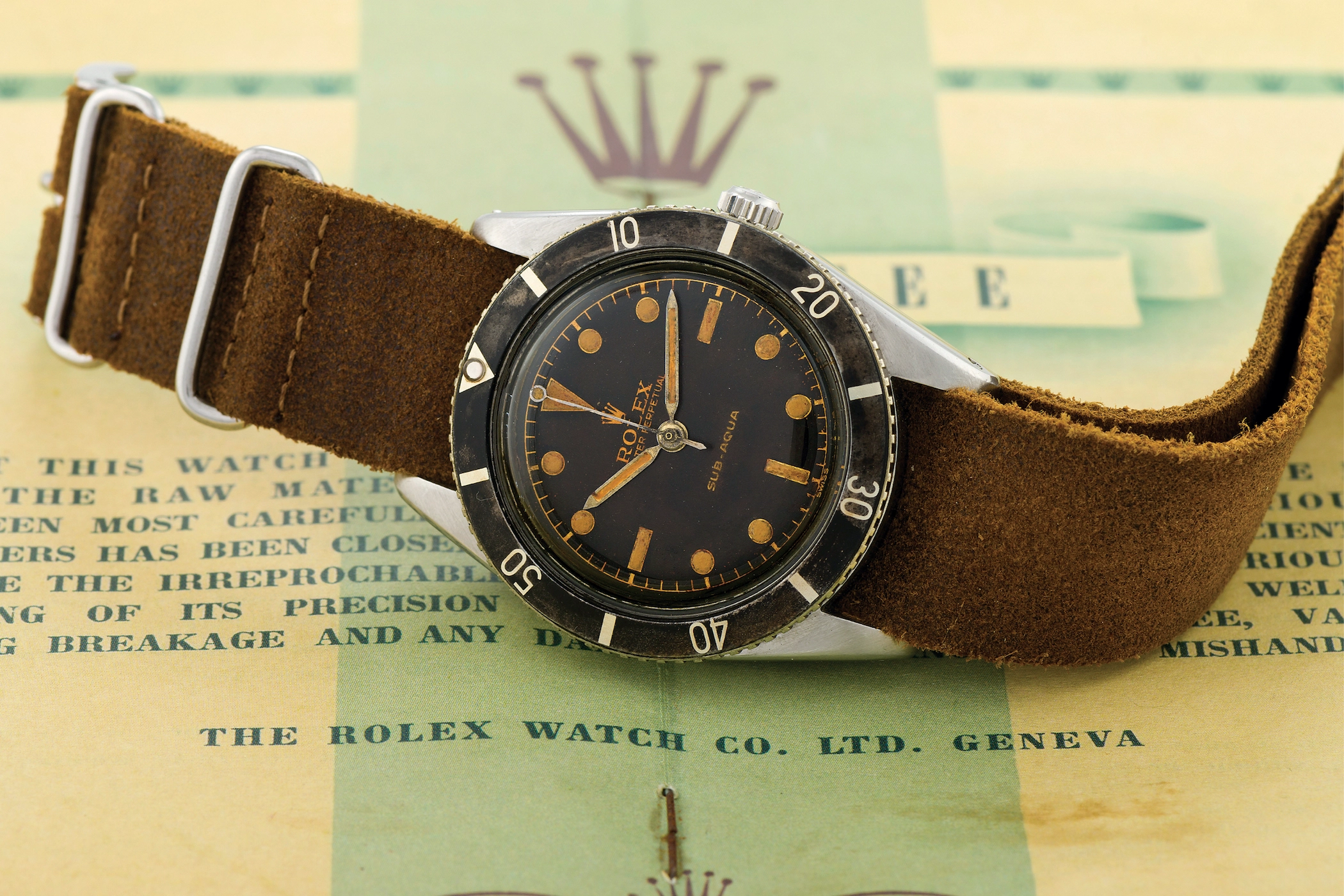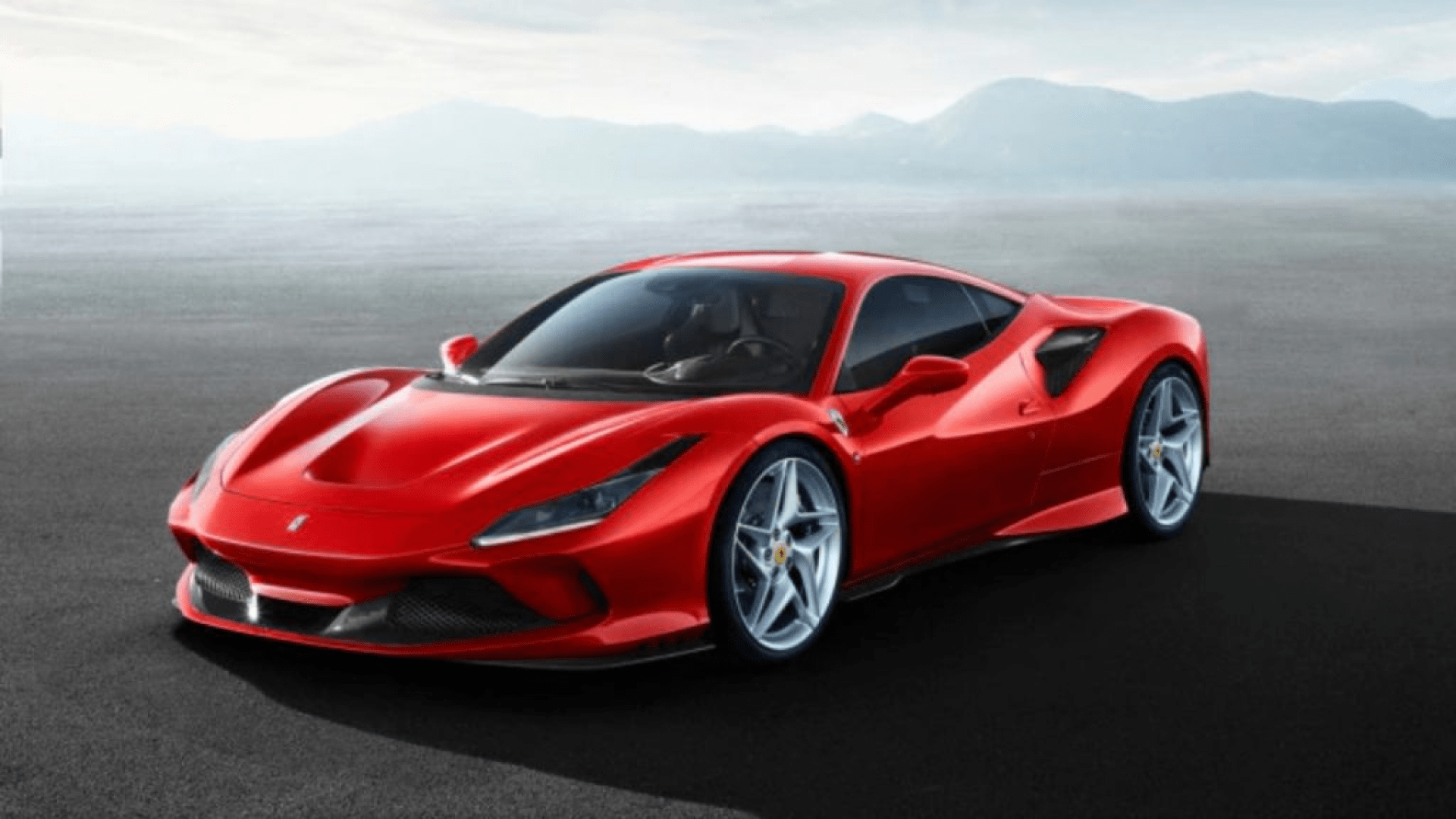Louis Vuitton is a French luxury fashion house and company founded in 1854 by Louis Vuitton. The label’s LV monogram appears on most of its products, ranging from luxury bags and leather goods to ready-to-wear, shoes, perfumes, watches, jewelry, accessories, sunglasses, and books. Louis Vuitton is one of the world’s leading international fashion houses. It sells its products through standalone boutiques, lease departments in high-end department stores, and the e-commerce section of its website.
For six consecutive years (2006–2012), Louis Vuitton was named the world’s most valuable luxury brand. Its 2012 valuation was US$25.9 billion (about $80 per person in the US) (about $80 per person in the US). In 2013, the valuation of the brand was US$28.4 billion (about $87 per person in the US) (about $87 per person in the US) with revenue of US$9.4 billion (about $29 per person in the US) (about $29 per person in the US) (about $29 per person in the US) (about $29 per person in the US). The company operates in 50 countries and has more than 460 stores worldwide.
History
The Louis Vuitton label was founded by Vuitton in 1854 on Rue Neuve des Capucines in Paris. Louis Vuitton solved the problem of keeping and carrying the bags. Before the Louis Vuitton bags were introduced, people used round top trunks, which were helpful with water runoff but were exceedingly difficult to stack on voyages. With the Louis bags, which have a flat bottom design and an airtight design, the design and safety of the bags helped with the easy stacking of the bags and helped people on long voyages.
Ad for Louis Vuitton luggage, 1898
Louis Vuitton’s growth
After the death of his father, Georges Vuitton began a campaign to build the company into a worldwide corporation, showing the company’s products at the Chicago World’s Fair in 1893. In 1896, the company launched the signature Monogram Canvas and obtained worldwide patents on it. Its graphic symbols, including quatrefoils and flowers (as well as the LV monogram), were based on the trend of using Japanese mon designs in the late Victorian era. The patents later proved to be successful in stopping counterfeiting. In this same year,
Georges travelled to the United States, where he toured cities such as New York, Philadelphia, and Chicago, selling Vuitton products. In 1901, the Louis Vuitton Company introduced the Steamer Bag, a smaller piece of luggage designed to be kept inside Vuitton luggage trunks.
By 1913, the Louis Vuitton Building opened on the Champ-Elysée. It was the largest travel-goods store in the world at the time. Stores also opened in New York, Bombay, Washington, London, Alexandria, and Buenos Aires as World War I began. Afterwards, in 1930, the “Keep All” bag was introduced. LV introduced the Noé bag in 1932. This bag was originally made for champagne vintners to transport bottles. Soon thereafter, the Louis Vuitton Speedy bag was introduced (both are still manufactured today). In 1936, Georges Vuitton died, and his son, Gaston-Louis Vuitton, assumed control of the company.
Brand and intellectual property
The Louis Vuitton brand and the LV monogram are among the world’s most valuable brands.
LV monogram

According to a 2010 Millward Brown study, Louis Vuitton was then the world’s 19th most valuable brand and was estimated to be worth over US$19 billion. For six consecutive years, Louis Vuitton was number one among the 10 most powerful brands listed in Millward Brown Optimor’s 2011 BrandZ study, with a value of $24.3 billion. It was more than double the value of the second-ranked brand.
Louis Vuitton is one of the most counterfeited brands in the fashion world due to its image as a status symbol.Ironically, the signature monogram canvas was created to prevent counterfeiting. In 2004, Louis Vuitton fakes accounted for 18% of counterfeit accessories seized in the European Union.
The company looks to eradicate counterfeiting and employs a team of lawyers and special investigation agencies to pursue offenders through the courts worldwide. The company devotes approximately half of its communications budget to counteracting counterfeiting of its goods. LVMH, Vuitton’s parent company, has described “some 60 people at various levels of responsibility working full-time on anti-counterfeiting in collaboration with a wide network of outside investigators and a team of lawyers.” The company tightly controls the distribution of its products. Until the 1980s, Vuitton products were widely sold in department stores, such as Neiman Marcus and Saks Fifth Avenue. Today, Vuitton products are primarily available at company-owned Louis Vuitton boutiques, with a small number of exceptions noted in upscale shopping districts or inside luxury department stores. Company boutiques within department stores run independently and are used by company managers and employees. LV has an official online store through its main website.
Special collaborations
Louis Vuitton has had many collaborations with prominent artists and designers.
- Takashi Murakami created special edition collections, such as the Monogramouflage Collection, which debuted in 2008, and an earlier collection, released in 2002, which featured some of his artwork. The creations were “painted” over the traditional monogram canvas, which brought a radical new twist to the timeless design.
- Marc Jacobs also commemorated an earlier collaboration, designed by Stephen Sprouse. This collection, originally released in 2001, featured bold prints that looked like graffiti over traditional canvas. The recreation of the collab used the same idea but gave it a new twist by using bold colors, like hot pink, neon green, and orange, that also glow in the dark. This recreated version of the graffiti collection was finally released in 2009 to much fanfare.
- Louis Vuitton also collaborated with Kanye West in 2009, designing his own limited run of shoes.
- In July 2012, Jacobs teamed up with Yayoi Kusama to create the “Infinitely Kusama” collection, which features bold colours of dots over the vernis leather or the monogram canvas. These pieces come in black with white dots, red with white dots, and yellow with black dots.
- Louis Vuitton collaborated in their Spring–Summer 2016 collection advertising campaign with the highly popular Japanese video game franchise Final Fantasy and the game Final Fantasy XIII’s main heroine, Lightning.
In 2017, Louis Vuitton collaborated with American streetwear brand Supreme, releasing products in various pop-up stores in major cities around the world. Items feature the Louis Vuitton monogram canvas mixed with the Supreme box logo design. - In June 2020, the brand collaborated with Japanese designer Nigo x Virgil Abloh on a capsule collection.
Also in 2017, Louis Vuitton collaborated with artist Jeff Koons for two collections to “further [explore] the intersection of fashion and art.”
Nicolas Ghesquiere collaborated with Vogue creative director Grace Coddington on a cat-themed “Catogram” collection in 2018.
In June 2019, the brand collaborated with six contemporary artists: Sam Falls, Urs Fischer, Nicholas Hlobo, Alex Israel, Tschabalala Self, and Jonas Wood on “Artycapucines.” Each artist designed their own version of the Capucine bag, which was sold in numbered, limited quantities.
In July 2019, Louis Vuitton opened a temporary exhibition titled “Louis Vuitton X” in Los Angeles, showcasing items from its various collaborations over the years.
In October 2019, Louis Vuitton partnered with Riot Games to create digital assets for a new skin line named “True Damage,” where you can clearly see the LV logo on Qiyana in League of Legends, along with a specialty trophy case for the 2019 League of Legends World Championship.
In October 2020, Nicolas Ghesquière reportedly revamped the La Samaritaine department store for the women’s spring/summer 2021 fashion show by providing a virtual runway with 360-degree views and socially-distanced seating for guests.




